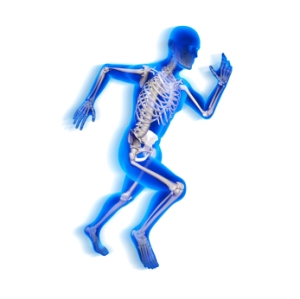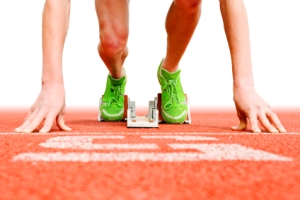Conventional Training vs. MC²
Nowadays we are exposed to all sorts of recommended work out styles, each of which have their own benefits. In this blog we are going to discuss the benefits that can be enjoyed by implementing a workout style that strategically combines the effectiveness of time, cardio, and compound movements; this workout is known as MC² (pronounced M C squared).
Start by establishing the basics:
 Conventional weight training is the foundation of a good workout. Conventional training consists of exercises that incorporate an individual body part with single or [mutli] joint movements. Examples of these exercises would include basic: Presses, Rows, Fly, Squats, etc.This method of training is necessary to help establish your base. Without a good foundation, other workouts will be more difficult and often ineffective.
Conventional weight training is the foundation of a good workout. Conventional training consists of exercises that incorporate an individual body part with single or [mutli] joint movements. Examples of these exercises would include basic: Presses, Rows, Fly, Squats, etc.This method of training is necessary to help establish your base. Without a good foundation, other workouts will be more difficult and often ineffective.
You should utilize conventional training methods and concentrate on proper form and technique before integrating compound movements into your workouts. Failure to do this may cause your workouts to get sloppy when you attempt to incorporate compound movements and could result in injuries. Clearly this is not functional or healthy for your body and may delay you achieving your fitness goals. Proper execution of exercises will accelerate your outcome.
Need help creating a conventional training program? Please consult a coach or a trainer. There is no shame in asking for help every now and again. All the best people, in whatever their vocation, have usually had some help or guidance along the way; the concept with your workouts is the same. When working out at the gym and unsure of how to use a piece of equipment or perform an exercise properly always ask a gym employee if there is someone to give you direction or feel free to shoot me an email and I’ll do my best to respond with the guidance that you need.
A MC² style workout (concept designed by Free Motion Fitness ) is a combination of timed compound movements and timed heavy-load cardio. Compound exercises are movements that utilize more than one body part at a time, such as squat/curls, lunge/chest press, lunge/triceps-extension, etc. 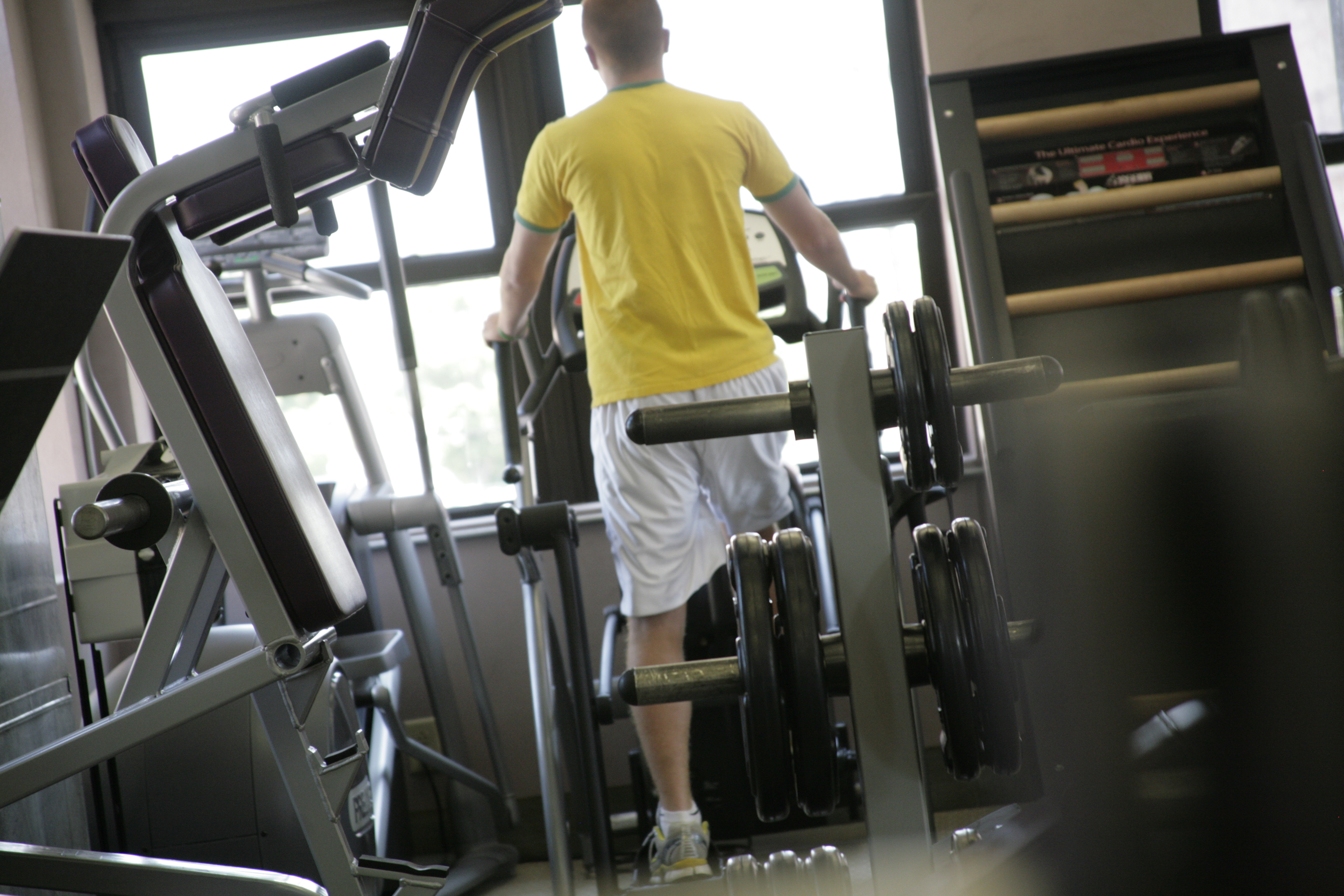
Cardio is done at a slower pace but with a heavier load and with a high level of incline. This form of cardio places the load on the large muscle groups in your lower body, engaging your muscle longer to produce a higher caloric output.
In this workout you perform timed compound movements in rotation with your cardio. The benefits of this style of training include high caloric output from the increased muscle contractions that result from your compound exercises in combination with high intensity cardio. MC² workouts promote development of leaner muscle, muscle endurance and are great for melting away fat.
Before attempting MC² style workouts, be aware of your foundation. You may need to practice more conventional training methods so you are more aware of the movements. As I’ve said before it is more important to concentrate on technique and for to prevent injury and insure the maximum results. (Plus you don’t want to end up looking like a person falling out of a tree.)
MC² is a fun, challenging, and effective workout that is capable of delivering exceptional results. Please feel free to contact me at fitnessdefined@bodyblocksfitness.com for more information and as always enjoy your success.
Read More »

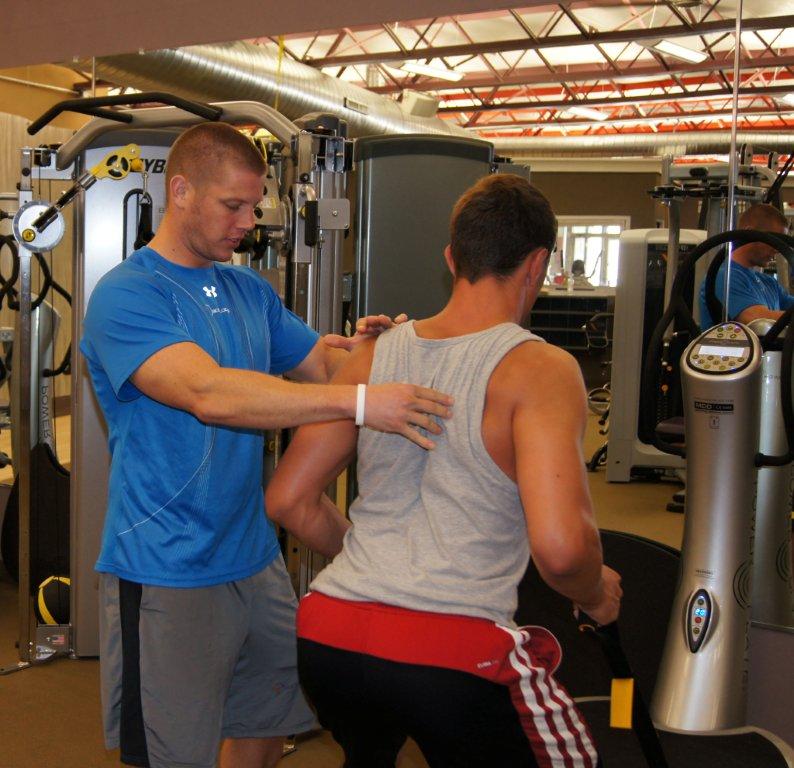
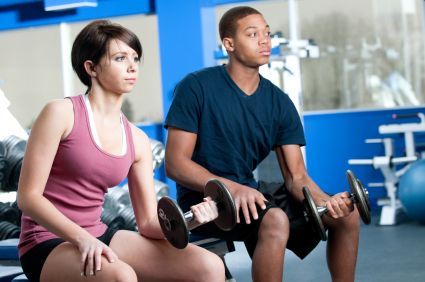
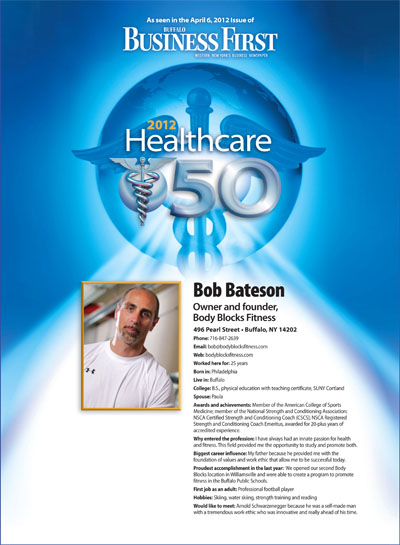

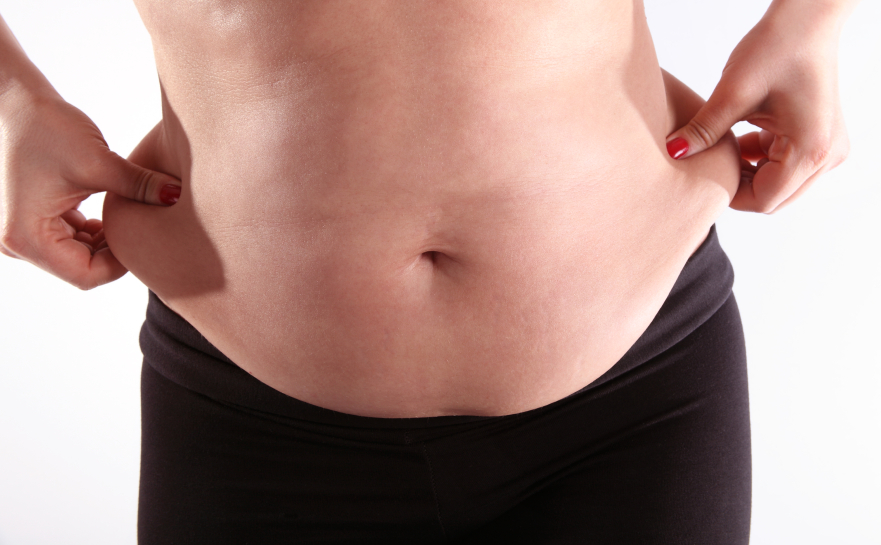





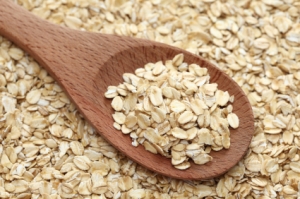
 body mass. Don’t try and eat your recommended amount of protein. Try adding in a supplement like a high quality protein powder to your diet.Proteins are used by our body to rebuild tissue. We tend to be a more protein deficient society because they have to be prepared and we see them as less convenient. Protein also helps to stabilize insulin levels in our bodies.
body mass. Don’t try and eat your recommended amount of protein. Try adding in a supplement like a high quality protein powder to your diet.Proteins are used by our body to rebuild tissue. We tend to be a more protein deficient society because they have to be prepared and we see them as less convenient. Protein also helps to stabilize insulin levels in our bodies.


